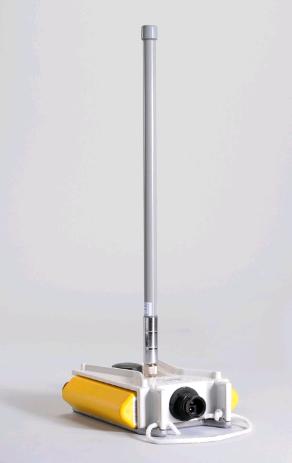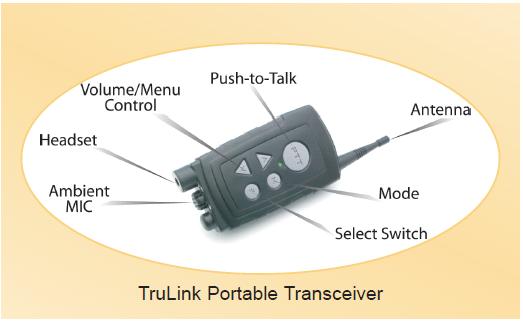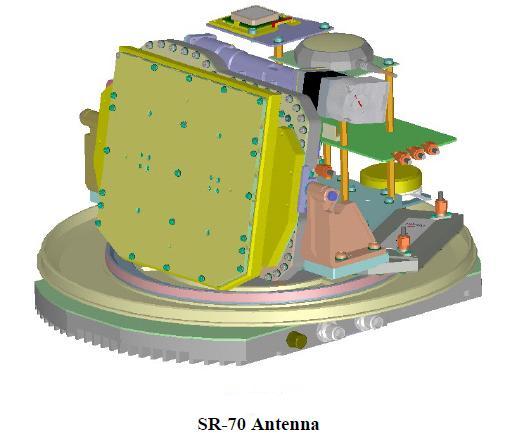Experimental Radio Applications at the FCC
This summarizes a selection of applications for the Experimental Radio Service received by the FCC during November 2010. These are related to ultra-wideband (UWB), radar, TV white space, millimeter-wave, mobile satellite terminals, UMTS, military networking, microwave interferometry, flight test telemetry, public safety, and seismic data acquisition.
- Lockheed Martin filed an application (with associated exhibits) for experimental license to operate on 76, 78, 4590, and 4640 MHz in Orlando, Florida to demonstrate and collect operational information from voice and data communication links between a fixed ground station and a rotary-wing aircraft. Testing will use a Raytheon model RT-1808A transceiver for the lower frequencies, and an L3 Communications model 60057879+001 transmitter for the higher frequencies.
- Motorola filed an application (with supporting exhibit) for experimental license to test a prototype radio system designed to support the internal communications requirements, including those related to public safety, an electric power generation and transmission cooperative in Kentucky. Motorola wants to demonstrate the functionality and capability of the system, determine user acceptability, and get feedback for improvement. Operation will be on 151.4725-154.5675 MHz and 157.1875-162.9625 MHz in 26 locations.

- Carson Wireless filed an application (with associated exhibits) to conduct testing of TV white space devices on 174-216 and 470-698 MHz at Klamath, California. Equipment to be used is manufactured by Koos Technical Services and includes a base stations connected to the internet. The base stations provide 3 Mbps connections (using FSK modulation) to fixed client devices. One goal is demonstrate a practical solution for providing broadband connectivity in a rural community, including in challenging terrain. Applications for utilities are to be tested as part of the experiment.
- Telephonics Corporation filed an application (with associated exhibit) for experimental license to operate on 200-400 MHz at Farmingdale, New York. The company has an existing product, the TruLink Wireless Intercommunication System, that operates in the 2.4 GHz ISM band and is currently used by US Armed Forces. The experimental operation is to support a redevelopment of the product for use on the Armed Forces’ “preferred” band. The FCC has instructed the applicant to coordinate frequency use with the FAA which operates on 328.6-335.4 MHz, and with NTIA’s Military Assignment Group as the bands 225-328.6 MHz and 335.4-399.9 MHz are used for military purposes.
- NIITEK filed an application (with accompanying exhibits) for special temporary authority to operate on 200-7000 MHz to develop a ground-penetrating radar (GPR) that uses ultra-wideband (UWB) technology. The GPR is a component of NIITEK’s landmine detection system designed to detect and locate various buried explosive devices, including mines and improvised explosive devices (IEDs). The system is for use by the US Army in the Middle East.
- Microsoft filed an application (with associated exhibits) for experimental license to conduct testing of TV white-space fixed devices on 470-698 MHz. The system will consist of one base station and five access points operating at 10 Mbps using OFDM modulation. One goal is to show how TV white-spaces equipment provides broadband coverage and connectivity within a home or neighborhood network, even in non-line-of-sight environments. Applications for utilities will be part of the test.
- Qualcomm filed an application for special temporary authority to test UMTS technology in Manhattan on three frequency bands: 722-728, 1720-1730, and 2120-2130 MHz.
 Wireless Seismic filed an application (with associated exhibit) for experimental license to operate on 2400.0-2483.5 MHz in all 50 states. The company is a provider of seismic data acquisition systems, and is finalizing development of a new wireless networking product that will connect geophones used to record acoustic reflections off underground layers. (Those reflections are used to determine the presence of oil and natural gas fields.) The equipment replaces that using wired connections. The system will soon be sent for equipment authorization, and before that the applicant wants to test it in typical deployments to confirm its operational capability.
Wireless Seismic filed an application (with associated exhibit) for experimental license to operate on 2400.0-2483.5 MHz in all 50 states. The company is a provider of seismic data acquisition systems, and is finalizing development of a new wireless networking product that will connect geophones used to record acoustic reflections off underground layers. (Those reflections are used to determine the presence of oil and natural gas fields.) The equipment replaces that using wired connections. The system will soon be sent for equipment authorization, and before that the applicant wants to test it in typical deployments to confirm its operational capability.
- Raysat Antenna Systems filed an application (with associated exhibit) for experimental license to test up to five Land Mobile Satellite Service (LMSS) earth stations in the 11.7-12.2 and 14.0-14.5 GHz bands. (There is a discrepancy between the frequencies listed on the application form and in the exhibit.) The earth stations are to communicate with the AMC-5 and AMC-6 satellites at 79° W.L. and 72° W.L., respectively. The satellites will also communicate with the Spacenet hub earth station in McLean, Virginia. This testing is in in connection with a Department of Defense/Logistics Innovation Agency satellite communications program contract. Part of the test is the applicant’s SR-70 antenna for mobile applications, featuring a 6 inch-by-6 inch antenna panel array capable of simultaneous transmission and reception within the 11.7-12.7 and 14.0-14.5 GHz bands. The antenna allows tracking in three axes: azimuth, elevation and polarization.
- Ingegneria Dei Sistemi filed an application for special temporary authority to operate on 17.1-17.3 GHz at Bingham Canyon, Utah. The company has developed a system, based on microwave interferometry, for monitoring displacement of land and structures, and wants to demonstrate land-slope-stability monitoring at an open-pit mine. The demonstration is to show that the system can monitor land movement as slow as a few millimeters per month.
- In connection with a US Army contract, Battelle filed an application (with associated exhibits) for experimental license to test a millimeter-wave communications system at 95-105 GHz having a data rate of 10 Gbps. Testing was to have been done at several locations in Ohio. The FCC dismissed this application, however, due to “potential harmful interference to Federal Government operations.”
[cross-posted from Steve Crowley’s blog]
Previous Post








Excellent summary … thank you for posting!